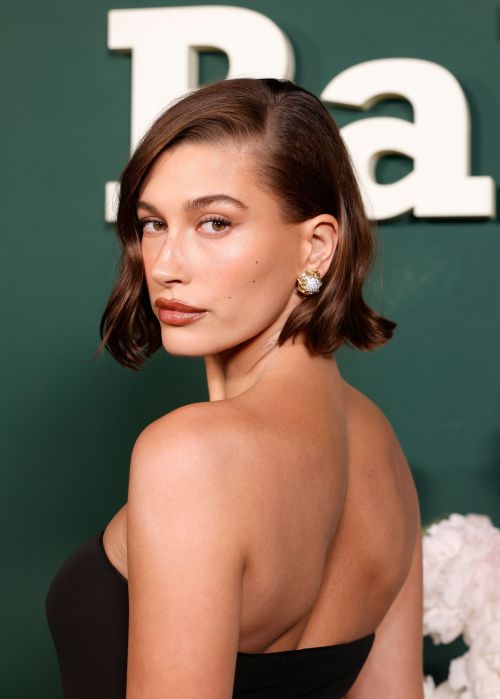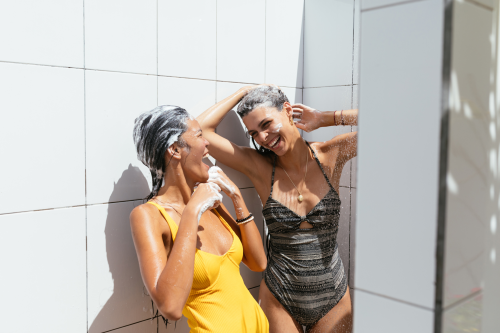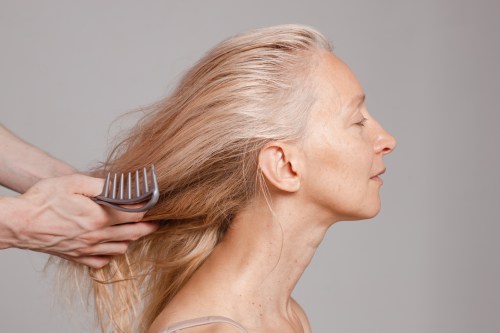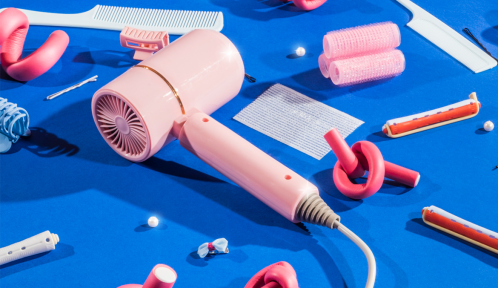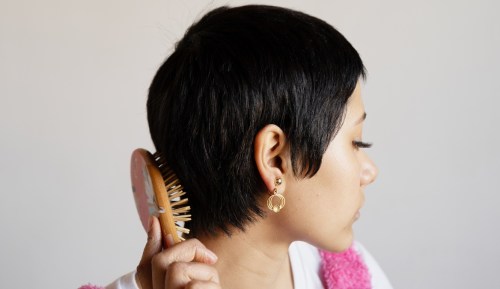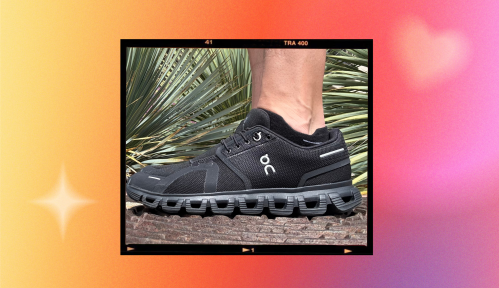Our editors independently select these products. Making a purchase through our links may earn Well+Good a commission
There are a number of different factors that determine how best to care for and style your hair. Most of us already know that we should be taking length, texture, thickness, and damage level into consideration when it comes to choosing products, but there’s another (less talked about, and arguably more important) element that stylists say should be top of mind: porosity. If you’ve got low porosity hair, your strands will respond to treatments in a unique way. You’ll want to pay close attention to what you’re using to ensure that your hair responds in the way that you want it to.
Experts in This Article
Cara Crafton is the owner of Crafted Hair Group in Wisconsin, and an educator with hair-care brand Living Proof.
Tina Outen is a celebrity stylist at Sessions Salon in London. She has worked with A-listers including Victoria Beckham, Rosamund Pike, Jennifer Lawrence, and Lady Gaga.
Similar to your skin, your hair has pores, which affect its ability to hold water. “Porosity” refers to “how much the cuticle is lifted and how that affects moisture retention,” says Cara Crafton, an educator with Living Proof. If you have low porosity hair, it means that water, oils, and products have a harder time penetrating your hair’s cuticle to deliver moisture to the hair shaft. “Products tend to stay on top of the hair versus absorbing into the hair,” she says. “Low porosity hair has difficulty staying wet making it difficult to wash, takes a long time to dry and has difficulty balancing optimum moisture.” Porosity tends to be genetic, which means it’s generally hard to change, but things like heat styling and exposure to the elements can have an effect.
Below, stylists reveal how to determine whether or not you have low porosity hair, and if you do, exactly what you can do to keep it healthy.
How to determine your hair’s porosity
If you were to examine a strand of low porosity hair under a microscope, you’d see that it looks like “the flattest glass, like tiles packed super tightly, overlapping each other, forming a barrier to anything penetrating the hair shaft,” says Tina Outen, a celebrity stylist at Sessions Salon in London.
But since most of us don’t have microscopes lying around at home, there’s another easy way to figure out if you’ve got low porosity hair. Simply fill a glass with water, and place a single strand of hair inside of it. If it hovers on the surface, you have low porosity hair, since it means your hair isn’t absorbing enough water to make it sink. “Ideally, we want our hair strand to hover around the middle of the glass, because evenly balanced, medium porosity hair is best,” says Outen. “It allows water to clean and hydrate and is accepting of products, it can also be easily styled and will hold.”
Caring for low porosity hair
If you have low porosity hair, moisture is the name of the game—but you’ll need to be sure you’re using the right ingredients. “Low porosity hair loves a lightweight product with milky bases and hydration only,” says Outen. In your shampoos, she suggests looking for honey and glycerin, which are naturally softening and able to penetrate those tightly-packed cuticles. And when it comes to conditioners, opt for milks instead of creams. “You may even find watering down a product in a spritz bottle works best,” she says. If you need some extra hydration, you can try a hair mask, but spend some time before you apply it with a warm towel wrapped around your head to “encourage those tightly packed cuticles to open and allow the hydration in,” says Outen. She’s a fan of formulas that include rose and lavender, since they have cleansing, softening, protective, and reparative properties.
You’ll also want to stay away from any heavy ingredients, which will have a particularly hard time penetrating low porosity hair and leave behind a residue. The biggest culprits, says Outen, are proteins, butters, oils, sulfates, parabens, and silicones. “These will only sit on the outside of the stands and weigh it down, giving the appearance of greasy hair,” she explains. If you’re already dealing with some of these issues, a weekly clarifying shampoo treatment can help to clear them away.
Styling low porosity hair
Since low porosity hair has a hard time accepting products, it can admittedly be challenging to style. “It’s also going to take longer to dry, which is going to become frustrating with a busy lifestyle, so perhaps your goal is the ultimate haircut—something that is effortless and suited to your face shape and hair texture that you can style simply,” says Outen. Below, four stylists’ recommendations that will help make the styling process as simple as possible.
Shampoo: Moroccanoil Clarifying Shampoo
If you’ve got low porosity hair, you’ll want a shampoo that can effectively clear away whatever leftover residue is sitting on top of your strands while also giving them the moisture they need, and this one does both. It offers a deep clean for both your scalp and lengths, and delivers nourishment with argan and avocado oils (which are known for being lightweight), plus lavender, jojoba, and chamomile extracts.
Conditioner: Briogeo Be Gentle, Be Kind Aloe + Oat Milk Ultra Soothing Conditioner
Instead of relying on heavy creams or oils to hydrate your hair, this conditioner uses a combination of oat milk and aloe vera. It’s free of all the heavy ingredients Outen suggests staying away from, but the formula is still powerful enough to deliver the moisture your thirsty strands need.
Leave-in conditioner: Camille Rose Leave-in Honey Hydrate
With honey as its primary ingredient, this leave-in conditioner is able to penetrate deep down within your strands to help hydrate them all day long. The honey acts as an emollient to smooth strands, and aloe leaf juice infuses your hair with essential fatty acids to deliver moisture from the inside out.
Styling: Living Proof Perfect Hair Day Heat Styling Spray
Formulated without silicones, this lightweight cream will protect strands from heat without leaving behind any greasy residue. You’ll hardly realize it’s there—and won’t weigh down your style.
Want even more beauty intel from our editors? Join Well+Good’s Fine Print Facebook group (and follow us on Instagram) for must-know tips and tricks.
Sign Up for Our Daily Newsletter
Get all the latest in wellness, trends, food, fitness, beauty, and more delivered right to your inbox.
Got it, you've been added to our email list.

